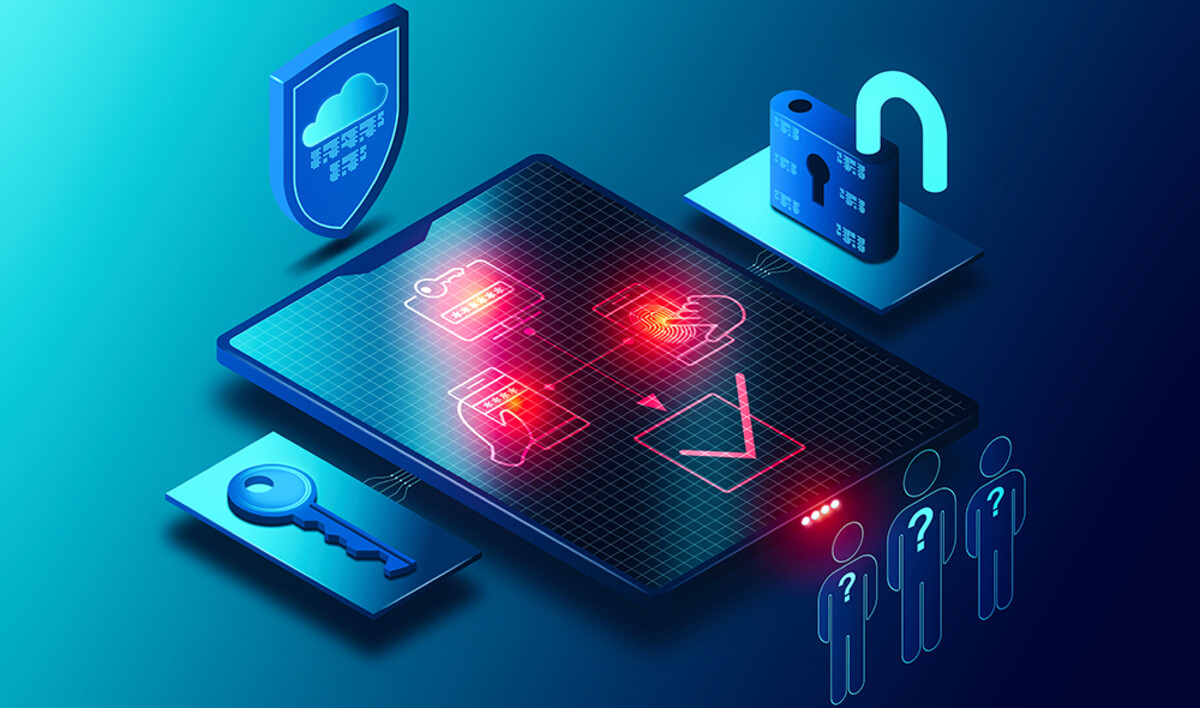Creating Safe Boundaries for Shared Resources
Grid computing allows institutions to share processing power across many machines. These systems might span different locations, organizations, or even countries. With so much traffic and exposure, the need for protection is clear. Firewalls and VPNs help provide the foundation for that protection by defining who can access the network and how they do it.
A firewall acts like a security checkpoint. It inspects every connection attempt and filters out anything that looks suspicious or isn’t approved. Without it, a grid network could be exposed to unauthorized users, malware, or data breaches. Using a Free VPN alongside firewalls can add another layer of protection, especially when encrypting traffic between nodes. Firewalls help ensure only trusted connections reach the computing nodes.
VPNs take care of the path those connections travel. They create encrypted tunnels between nodes, making sure data isn’t readable by anyone in between. Together, firewalls and VPNs create a safe environment where grid computing can run without putting data or systems at risk.
Keeping Unwanted Traffic Out With Firewalls
Every time data travels through a network, there’s a chance it could be intercepted or altered. Firewalls stand at the edge of a system, deciding what gets in and what stays out. In grid computing, these boundaries are crucial because the system depends on consistent and safe communication between multiple nodes.
Firewalls can be configured to allow only traffic from certain IP addresses or specific ports. This kind of rule-based filtering means that even if someone tries to access the network, they won’t succeed unless they meet strict conditions. That’s especially helpful when different grid participants are spread across various domains.
They also help reduce noise. Not every request is harmful, but many are unnecessary. Firewalls keep the grid focused by blocking spam, automated scans, and background traffic that could slow things down or distract from the real work.
Preventing Intrusions Through Layered Control
In grid computing, a single compromised node could affect the entire system. Firewalls offer a way to limit that risk by controlling traffic not just at the perimeter but also between nodes. This internal filtering keeps threats from spreading inside the network.
For example, if one server starts acting strangely or sending unexpected data, the firewall can detect the behavior and block it. This containment gives administrators time to investigate and respond before any damage spreads. It’s a kind of early-warning system for problems.
Layered firewalls—ones installed at multiple points within the grid—create zones of trust. Each layer enforces a specific set of policies. This makes it harder for attackers to move laterally within the system and helps maintain the integrity of sensitive computing tasks.
Securing Data in Transit With VPN Encryption
When data moves from one node to another, it passes through multiple networks. These pathways may not always be secure. VPNs provide encryption that protects the contents of the message, even if the network itself is not secure.
Think of a VPN as a sealed envelope sent through the mail. Even if someone intercepts it, they can’t read what’s inside without the key. This approach is especially helpful when grid nodes connect over public or third-party networks, where traffic might otherwise be visible.
Encryption isn’t just for privacy. It also confirms authenticity. VPN connections often include authentication checks to ensure both ends of the tunnel are legitimate. That way, the system knows the message came from a trusted source and hasn’t been tampered with.
Authenticating Nodes Before Granting Access
VPNs don’t just encrypt data—they also verify the identity of devices trying to connect. This process, known as authentication, stops unapproved systems from joining the grid or listening in on the communication between nodes.
Grid computing systems can use certificates, shared keys, or other credentials to control access. When a node attempts to connect, the VPN checks these credentials before opening the encrypted tunnel. If anything is out of place, the connection is denied.
This protection matters most when multiple organizations share the same grid. Each partner may have different policies, but all must trust that only approved devices are allowed in. VPN-based authentication creates that trust and adds a layer of accountability.
Balancing Security With Performance
Strong encryption and tight firewall rules are essential, but they shouldn’t get in the way of performance. In a grid environment, delays can reduce the value of real-time processing or time-sensitive calculations. A well-designed security setup needs to protect without slowing things down.
Firewalls must be optimized to inspect traffic quickly. VPNs should use efficient encryption algorithms that balance security with speed. Network administrators can tune these settings, prioritize traffic, and monitor performance to make sure protection doesn’t become a bottleneck.
By carefully configuring firewall and VPN tools, institutions can achieve both goals: robust security and steady performance. It takes planning, but the result is a grid network that works fast and stays protected under pressure.
Controlling Access Based on Roles and Rules
Grid networks often involve different types of users and systems. Some might manage the infrastructure, while others simply submit jobs or retrieve results. Firewalls and VPNs can enforce rules that match each role, allowing only the access that’s needed.
This approach is called role-based access control. A firewall might allow full access to system administrators but limit researchers to a specific portal. VPN configurations can enforce similar rules, guiding users into secure sections of the network based on credentials.
By limiting access, the risk of accidental changes or misuse goes down. It also helps meet compliance goals, as auditors can see that each user only has the permissions they truly need.
Responding Quickly to Threats and Anomalies
No system is perfect. Firewalls and VPNs help detect when something’s gone wrong and provide tools to act fast. Alerts can be set for failed login attempts, sudden traffic surges, or connections from unexpected locations.
When an issue arises, firewalls can block offending IPs or limit access temporarily. VPN systems may force re-authentication or close tunnels to stop potential breaches. These quick responses help contain threats before they grow.
Administrators can also use logs to track what happened. Detailed records from firewalls and VPNs show who connected, from where, and what was accessed. These logs are vital for both fixing the issue and preventing it in the future.
Supporting Compliance With Industry Standards
Many industries that use grid computing—such as healthcare, finance, or energy—must meet strict regulations around data protection and access control. Firewalls and VPNs help meet those standards by enforcing clear security boundaries and tracking activity.
Rules like GDPR, HIPAA, and ISO/IEC 27001 all require secure communication, access control, and auditing. By using firewalls to filter traffic and VPNs to protect data in transit, organizations can show that their grid systems meet these expectations.
Regular updates and reviews of firewall and VPN settings also help. Staying current with patches, certificates, and policies ensures that the system doesn’t fall behind and remains compliant over time.
Keeping Grid Operations Safe and Reliable
Firewalls and VPNs don’t just protect—they support the entire structure of a grid system. They control who gets in, how data moves, and how the system responds to danger. That foundation gives institutions the confidence to run complex tasks without fear of leaks or interruptions.
With thoughtful setup and regular oversight, these tools become quiet defenders of the grid. They keep traffic clean, data private, and systems stable. And as grids grow in size and reach, these protections grow more valuable.
By pairing firewalls and VPNs, teams create a strong perimeter and a trusted path for communication. That balance is what keeps modern grid computing networks both powerful and secure.



